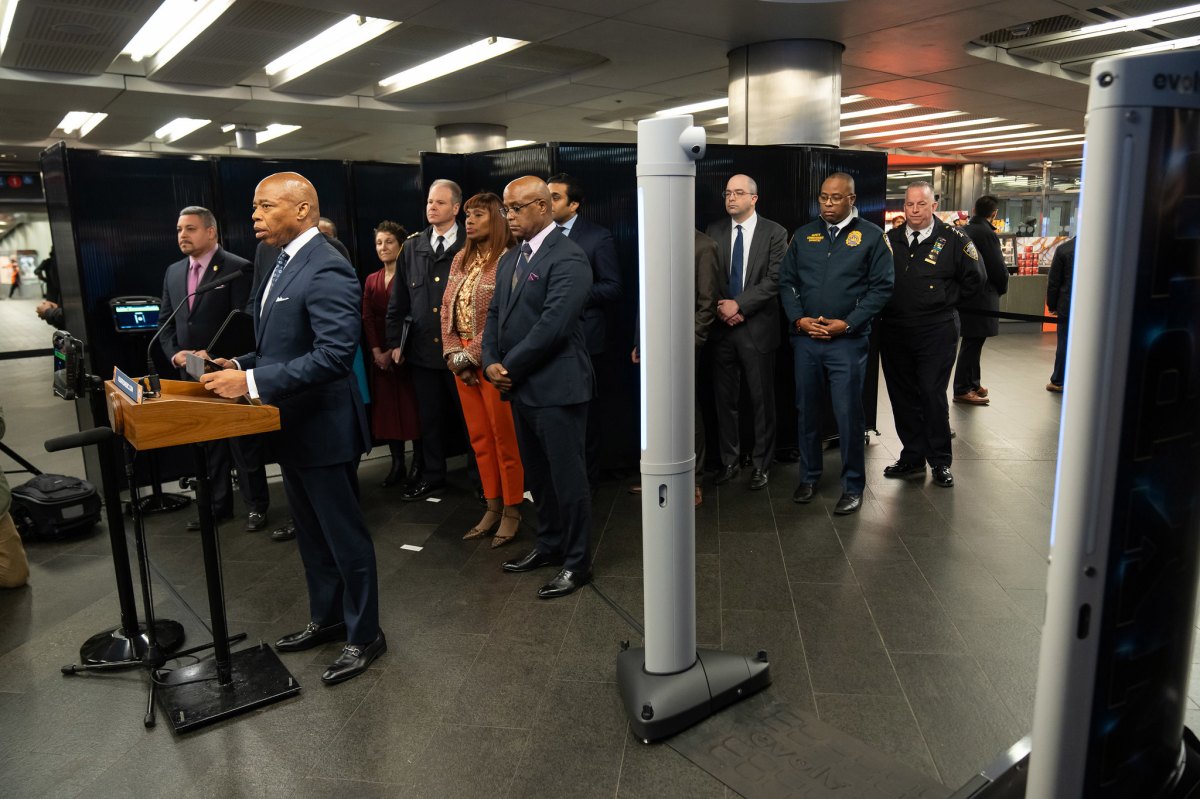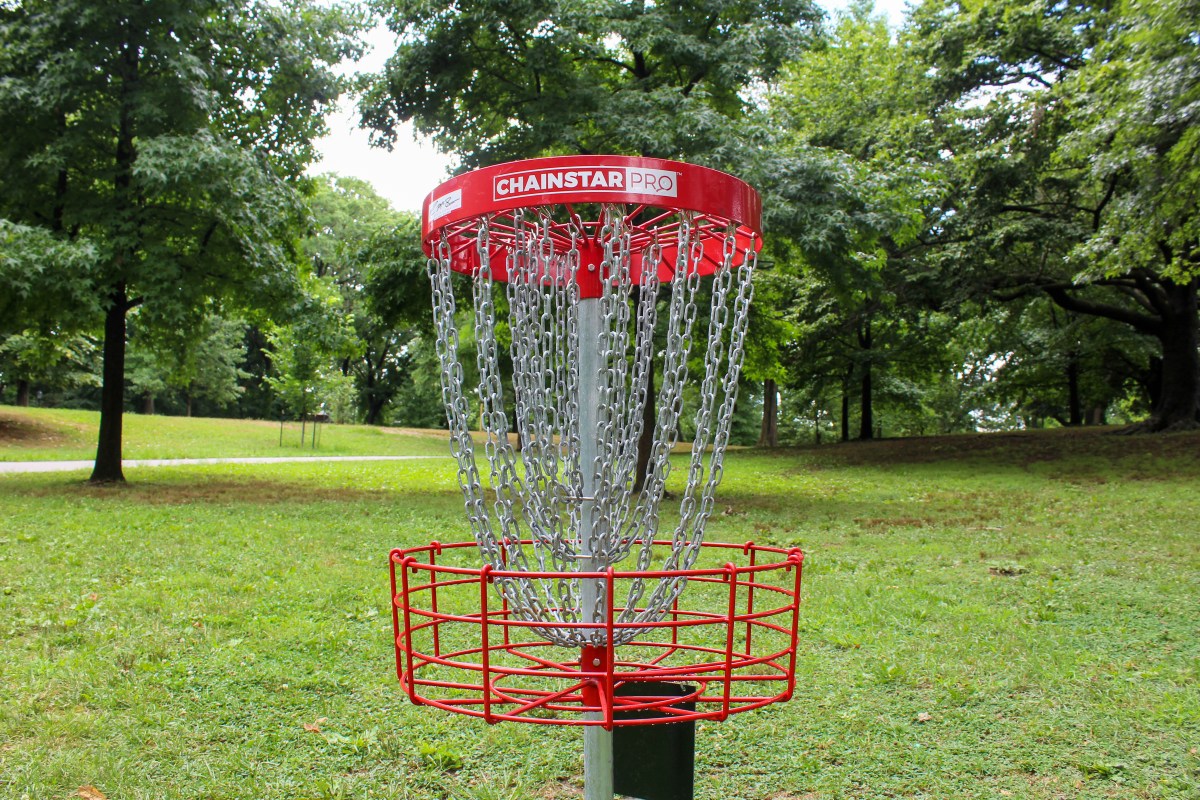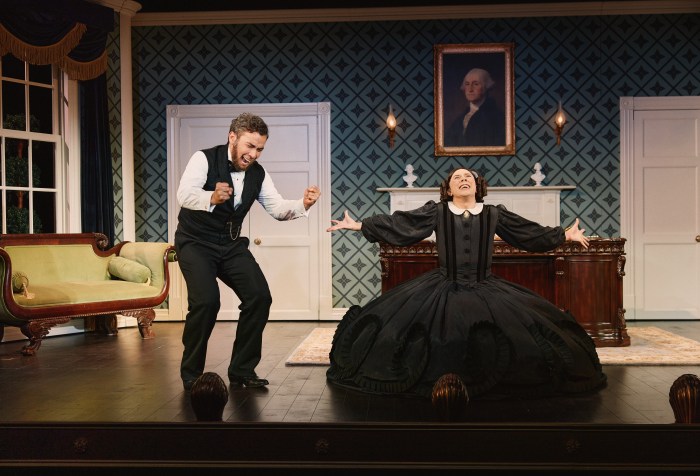A lot has been written about the origins of one of America’s favorite dishes: the hot dog. Food connoisseurs and historians point to Brooklyn — more specifically, Coney Island — as the place where it all began.
Charles Feltman, a German baker, opened the first Coney Island hot dog stand in 1867, selling more than 3,000 dachshund sausages in milk rolls at public horse races during his first year in business. But not many people know Feltman had a tough time before getting his big break.
More than 150 years later, Brooklyn native Michael Quinn, current owner of Feltman’s Hot Dogs, has made it his mission to change that.
Quinn recently published his first short fiction story, “Church Lane,” based on true events and real characters who were key parts in the making of what South Brooklyn is today. The tale centers on 19th Century Flatbush and Gravesend, and its history-makers’ impacts on the southern end of the borough.
“Being a historian, being a Coney Island native, this is one of the names I always wanted to bring back, not just through my business, but through the memory of his struggles as an immigrant who had nothing and who loved being a pie baker,” Quinn said.
“Church Lane” centers on the lives of three German men — Feltman, Henry Lehman and William Whitney — right before they reached the pivotal points that made them go down in the city’s history.
The tale begins in pre-Christmas, 1866-Brooklyn, where the streets are covered in snow, horse-drawn carriages are roaming, and a young Brooklyn Daily Eagle news hawker bares headlines that would change some Brooklynites’ lives.
As it remains today, “Church Lane” Brooklyn is made up of communities of immigrants — some of them luckier than others in their quests to achieve “the American Dream.”
Readers get to meet three of those immigrants in Quinn’s tale: Lehman, a patron of his less fortunate countrymen who would later become a member of Brooklyn’s iconic Montauk social club; Whitney, former secretary of the navy under President Grover Cleveland and father-in-law of Gertrude Vanderbilt, founder of the Whitney Museum; and Feltman, an entrepreneur who knew he could make it if he could only catch his break.
All of these characters, Quinn says, represent the contrast between hereditary entitlement and the bravery that comes from struggle.
“I’ve been there,” he told Brooklyn Paper. “I’ve been where I’m very successful in my life and where it’s Monday and I have $10 to make it through to Friday. Even when I brought the business [Feltman’s] back, it was very challenging.”

Even though the story doesn’t have an active female voice, Quinn says he knows that women have always played bigger roles than history credits them for. While putting the pieces together for “Church Lane,” the author unearthed a copy of the lease from the building in which Feltman opened his first business, which was owned by Adrienne Van Brunt.
“I just liked the whole aspect of a female landowner basically having control over Charlie’s future,” he said, adding that the building still exists and is now a laundromat.
What Feltman started as a small business turned into the largest restaurant in the world at the time. After dissapearing for almost a century due to the Great Depression, Quinn and his brother, Joe, revived the iconic sausage slinger in 2015 in honor of their brother, Jimmy.
Feltman’s is now the fastest growing hot dog company in the country, and can still be found in Coney Island.
While Feltman’s story is personal for Quinn, he hopes the tales of all three of “Church Lane’s” protagonists will inspire Brooklynites and non-Brooklyn readers alike.
“I want people from all ages to read it,” he said. “I think it’s something that may interest anyone who loves Brooklyn, anyone who has had a good time in Coney Island or who has enjoyed hot dogs even in places like baseball games.”
Read Church Lane here.























